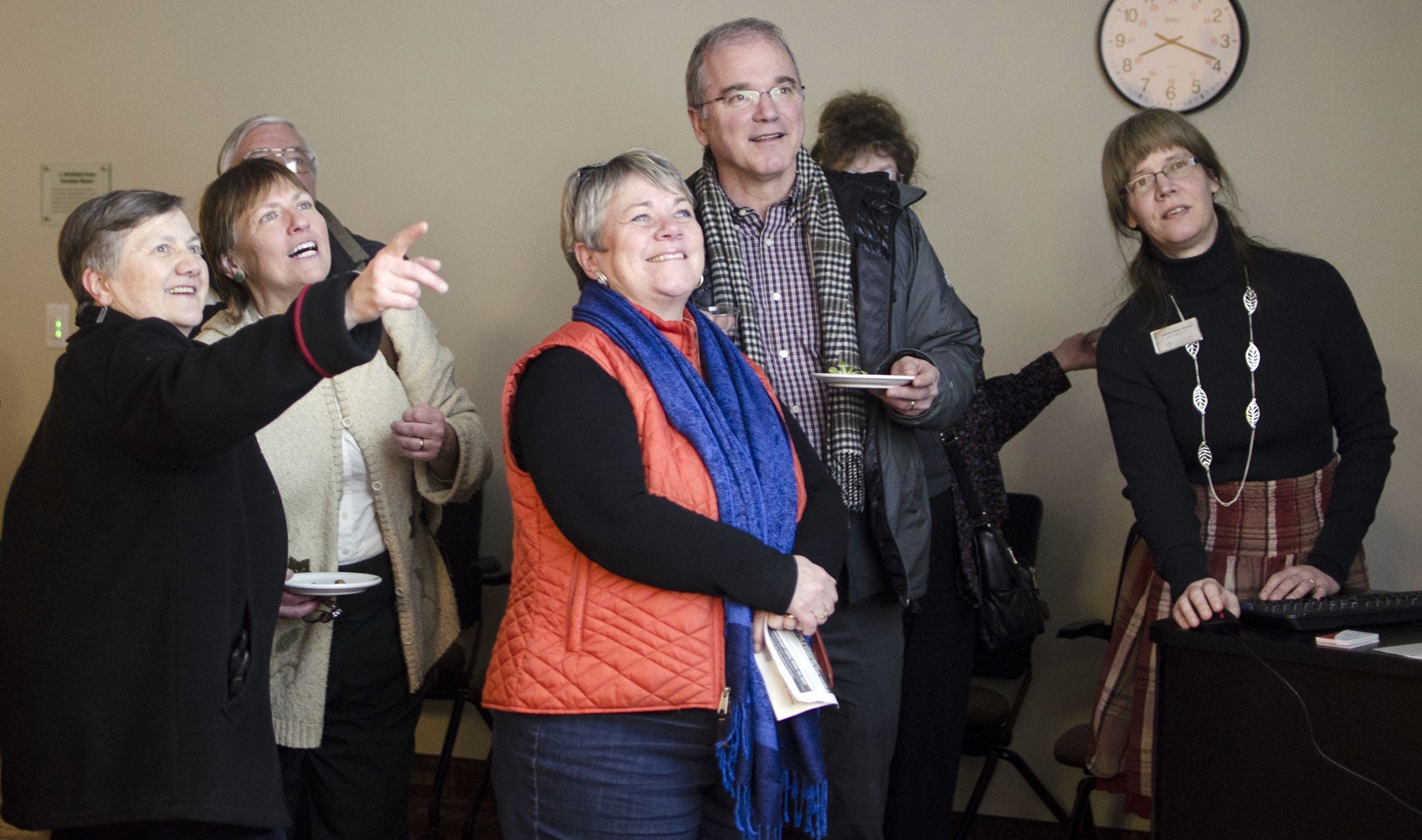Family reunions at the old homestead, prime ministers glad-handing across the countryside and nurses serving during the Vietnam War. These are just a few of the photographs found in the new Mennonite Archival Image Database (MAID), giving the public access to photographs of Mennonite life in Canada and around the world. Seven Canadian Mennonite archives contributed 80,000 archival descriptions to the new site at archives.mhsc.ca. Over 10,000 of these records are already accompanied by scanned images.

Expected to be a rich resource for historians and genealogists, MAID’s creators also hope that the Canadian public will be drawn in. “Those of us who worked on this project were constantly distracted by the intriguing images we discovered, not only of Mennonites but also communities across Canada and in other countries,” says Mennonite Archives of Ontario archivist and site administrator Laureen Harder-Gissing. MAID includes an online ordering system that allows visitors to purchase copies of images for non-commercial use.
MAID was born three years ago when Harder-Gissing, based at Conrad Grebel University College, proposed her dream for a national photo database to six other Mennonite archives across Canada. The Mennonite Archives of Ontario already had a publicly-accessible database of about 18,000 catalogued photographs, but wanted to take advantage of the significant improvements in database technology that have come along in recent years.
The group chose the open source AtoM (Access to Memory) archival software developed by Artefactual Systems in Vancouver and customized for MAID by Peaceworks Technology Solutions’ Jason Hildebrand, a University of Waterloo and Conrad Grebel alumni. “As a uWaterloo history grad myself, I enjoyed working with Jason to bring technology and heritage together” says Harder-Gissing.
Greg Bak, former Senior Digital Archivist for Library and Archives Canada, echoes this sentiment. He believes that MAID “shows the future of digital community archives. It is wonderful to see the Canadian Mennonite community working together, embracing digital technologies.”

Accompanying photographs:
- Olive and John Diefenbacher (centre) chat with Waterloo Mennonite entrepreneur and community leader Roy G. Snyder and his wife Clara, 1961
- Archivist Laureen Harder-Gissing (far right) demonstrates MAID to an appreciative audience at a Conrad Grebel University College reception in February